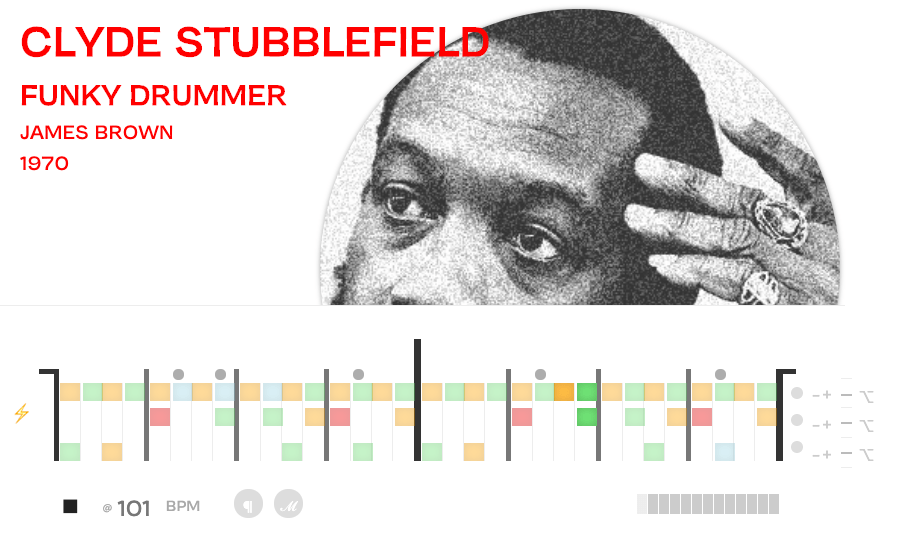RESOURCES FOR THE CLASS
- Please fill in the personality survey
- Please email Mr. Le Duc, scott.leduc@tumwater.k12.wa.us
- Please visit our class web page, https://capitalcomtech.info/new-market/
- Practice Log
- Professional Quotient Rubric
SUMMARY
Write your daily summary last, at the end of the day here…
Only one to two sentences.
Link to the 2024 School of Rock Summer School “Rooms” Blog Content Checklist
PRACTICE ROOM
We will be logging our daily practice with Paper Practice Logs
We will be using the MusicWill.org JamZone and books.
What did you think about today’s introduction to Music Will resources?
CLASSROOM
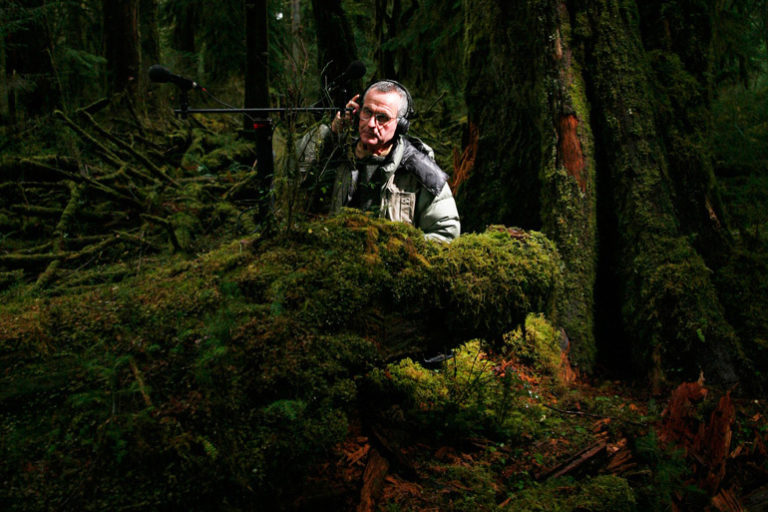
Listen to https://onbeing.org/programs/gordon-hempton-silence-and-the-presence-of-everything/
Write a short reflection on what you thought about silence and listening from Gordon Hempton
Safety
Watch 15-minute video Listen Smart
Add details to the notes below that you found interesting…
- Goal: listen to music in a way that will enrich but not harm you
- 10%-20% of high schoolers have hearing damage
- Hearing damage can happen on one occasion and doesn’t have to be constant
- No cure!
- Temporary Threshold Shift: “hearing hangover”
- Wearing earplugs doesn’t change the quality of sound but just the volume
- High-frequency loss is most common among musicians
- Distancing yourself from the source and earplugs is the best way to prevent hearing loss
- Stimulants while listening to music can increase the risk of hearing damage
- Resting your ears is important, space out concerts
- 70 dB, no risk
- 85 dB, risk after 8 hours
- 91dB, 2 hours without damage
- 100 dB, 15 minutes without damage
- 115 dB, 1 minute without damage
- 140 dB, immediate damage and pain
- Symptoms of damage, tinnitus, muffled hearing, and other mental and physical problems like irritability, depression, high blood pressure, and fatigue
- Damage is done when the cochlea hair cells in the inner ear are damaged. They do not grow back. These are what interpret vibrations and turn them into what we hear.
Safety Online
Participate in the Netsmartz.org Internet safety discussion about being safe online
LAB
Sign up for Our Summer School 2023 Hooktheory.com Class
The sign-up code for this course is: mwgelpzd
Step 1. Tell your students to click “I am a student with a course code” at the bottom of the website, as shown below.
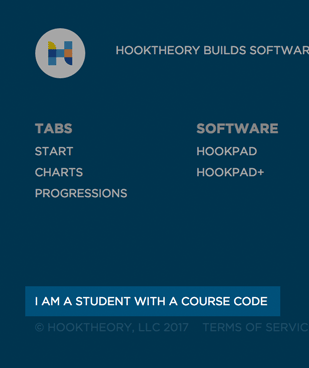
Step 2. On the “Course Sign Up” page, students enter the course code, a username, a password, and their first and last name, as shown below.
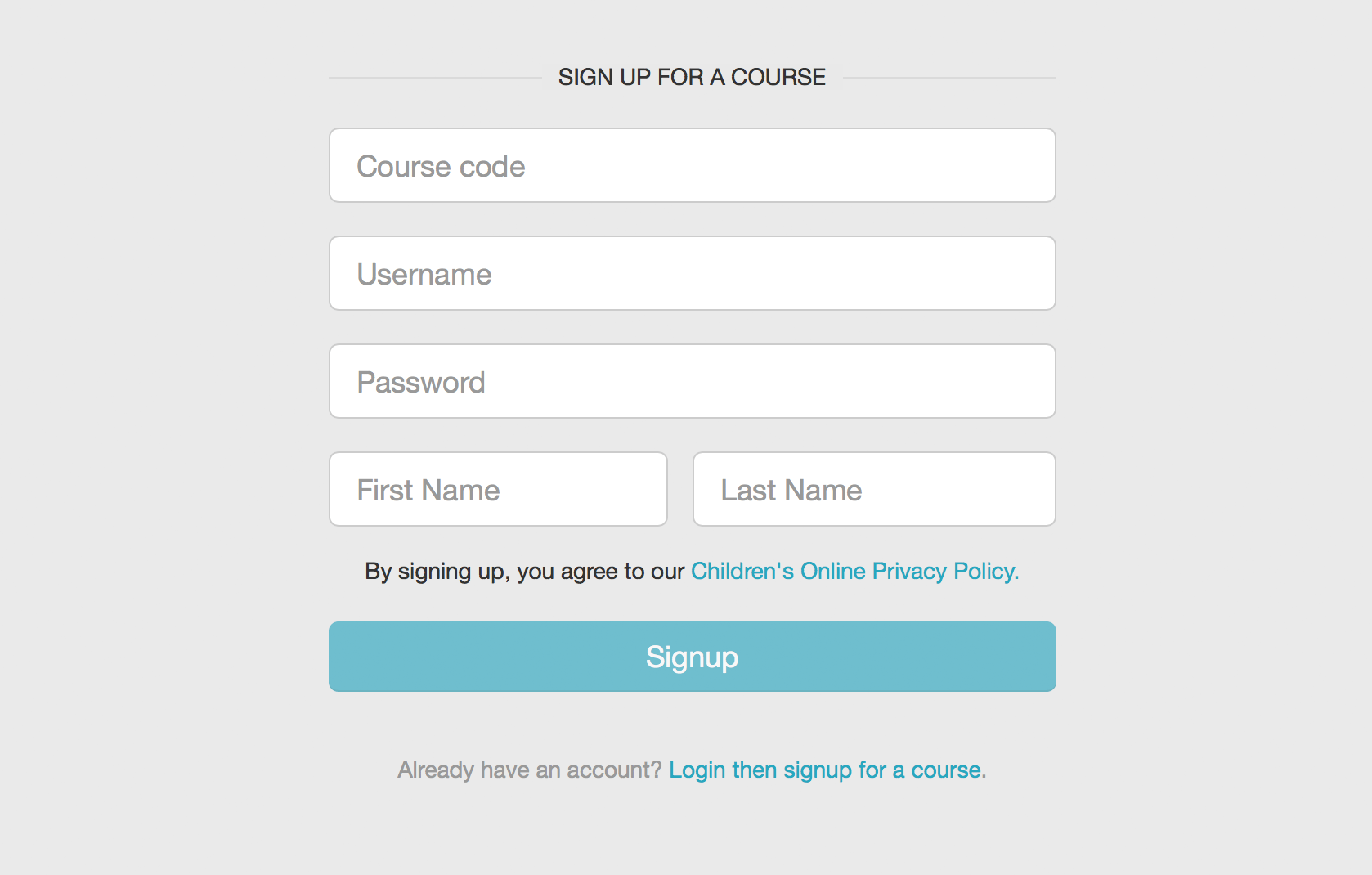
This creates a Hooktheory account for the student and links it to your course. If a student visits the course sign-up page while logged into an existing account, it only asks for the course code.
Explore the basics of https://www.hooktheory.com/theorytab
Write a learning reflection here after exploring some songs.
OUTSIDE
Listen to a chapter of The Creative Act: A Way of Being by Rick Rubin
Go for a walk and think about the chapter.
When you come back, write a short reflection and then share with the group what you thought about.
STUDIO
Join our Soundtrap Group
https://www.soundtrap.com/invite/RKB6CBK
Invite code: RKB6CBK
Start Soundtrap.com expert training here…
https://academy.soundtrap.com/p/soundtrap-expert
CONTROL ROOM
Finish Soundtrap.com expert training here…
Insert your certificate when you finish by clicking the ADD MEDIA button above, uploading a picture of your certificate, and placing it where Mr. Le Duc’s image is below. (Remove Mr. Le Duc’s image)
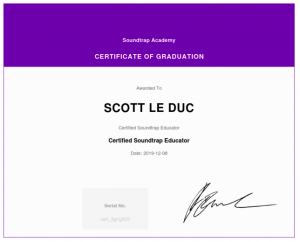
STAGE
We will work on MusicWill.org materials when ‘on stage’.
This is the performance room.
Reflect on which instrument you picked to work on first.
WHAT I LEARNED and PROBLEMS I SOLVED
Tell your daily story here! Highlight what you learned and enjoyed most. Also, share what you needed to do to complete the day’s work. Problem-solving is one of the most important skills you need in life. Employers want to know HOW you get stuff done as much as what you got done.
DAILEY ACTIVITY EVALUATION
- Give feedback on the class Content and Process
- Fill in the Daily Activity Evaluation


